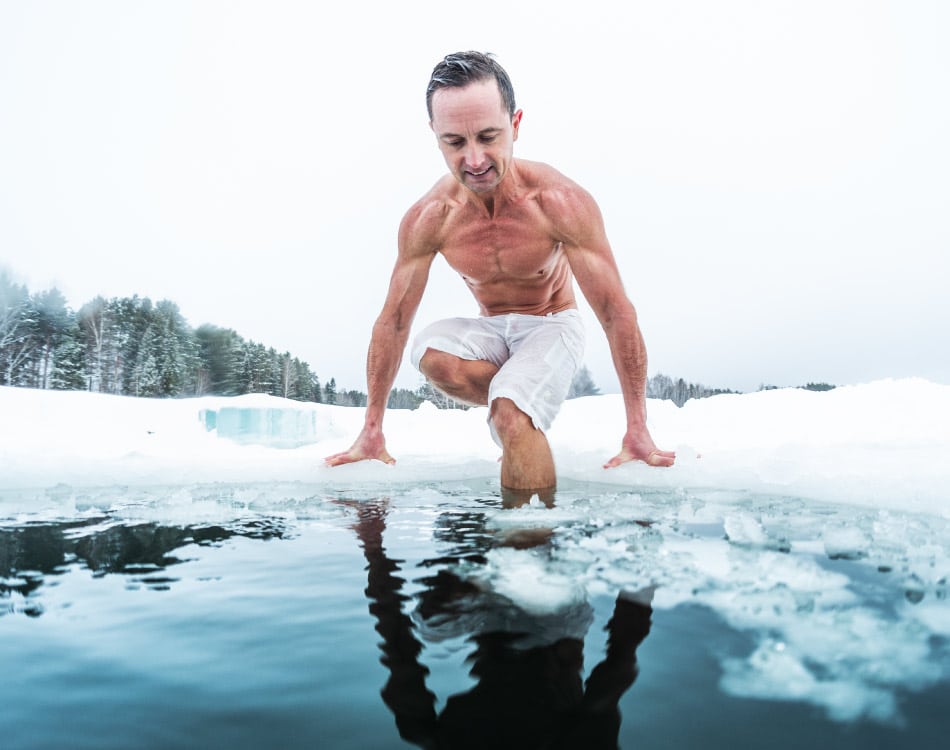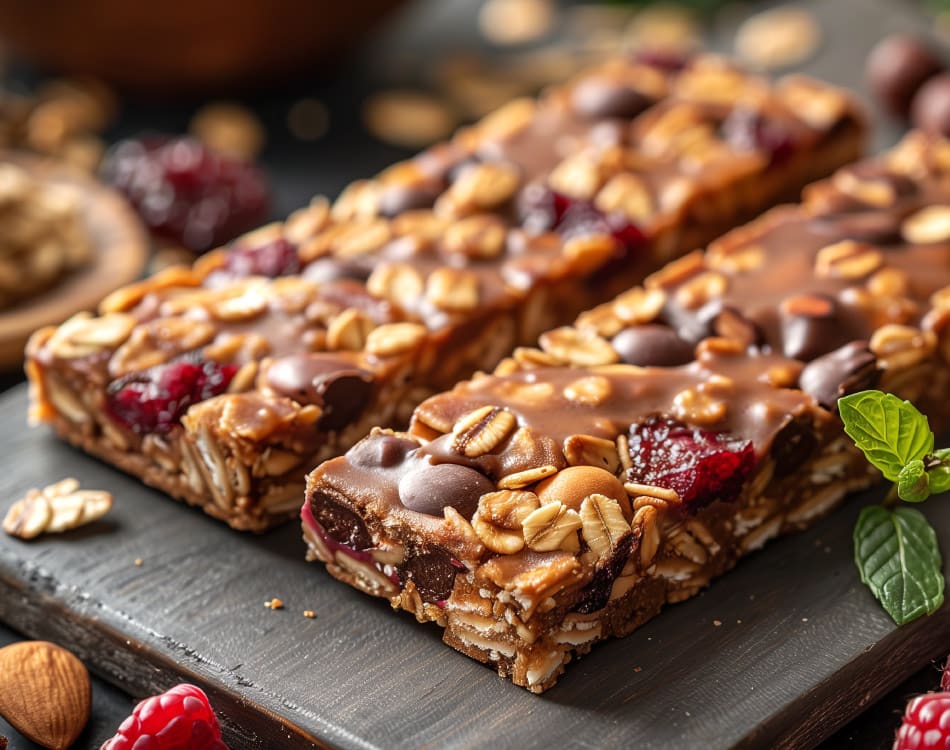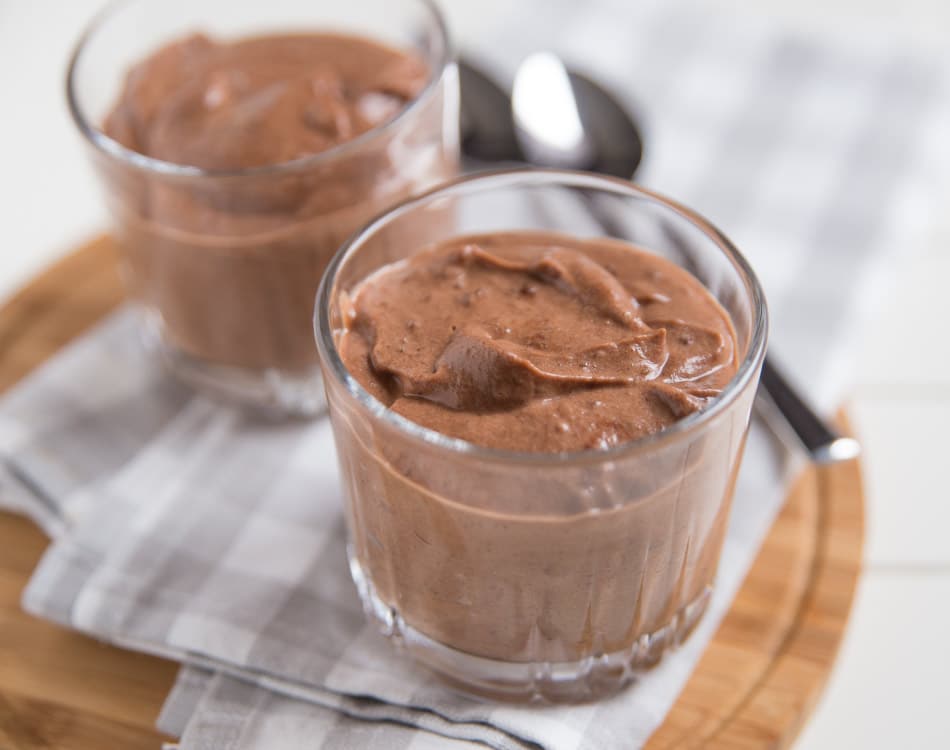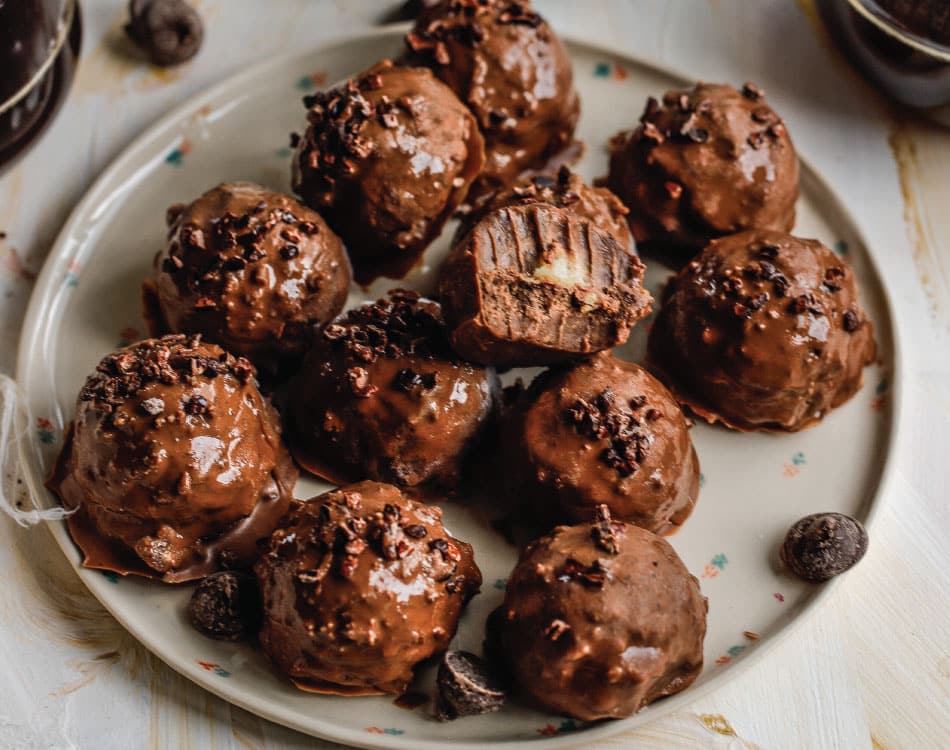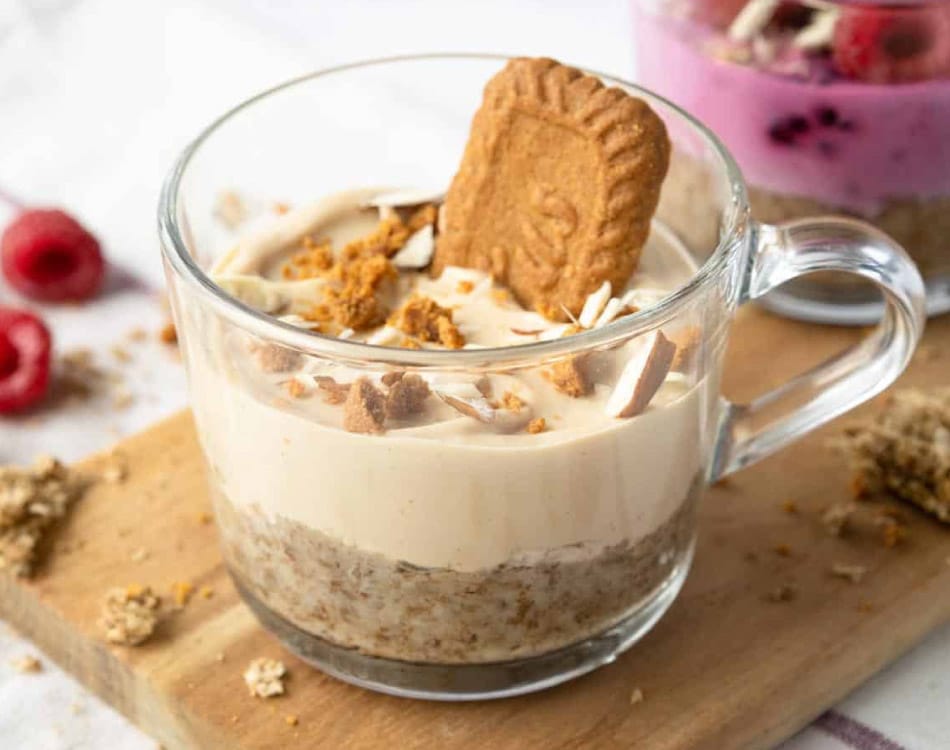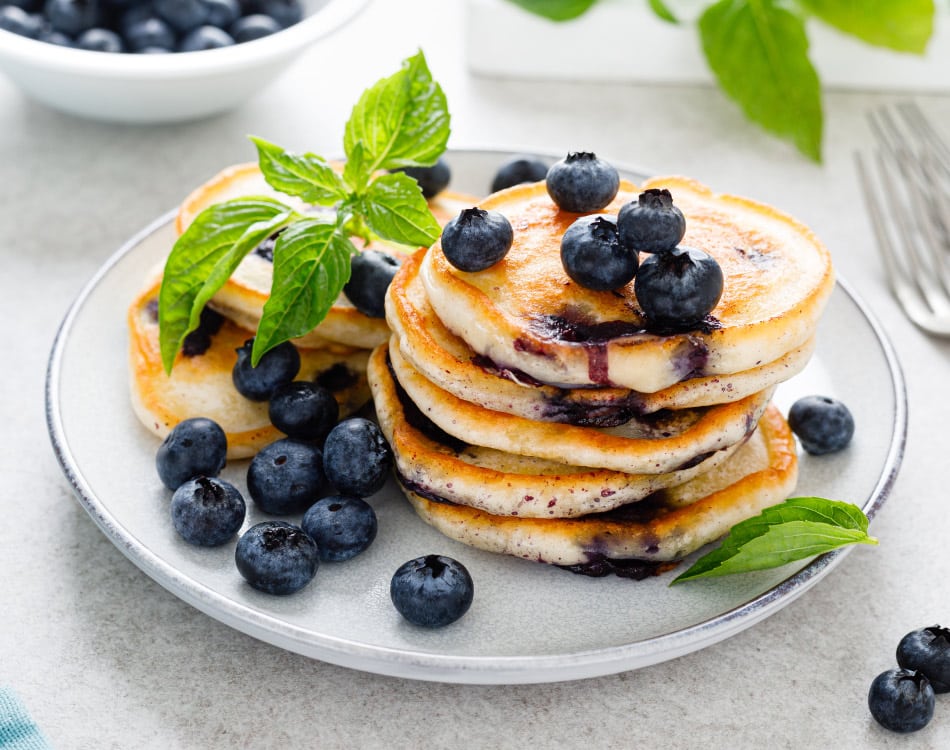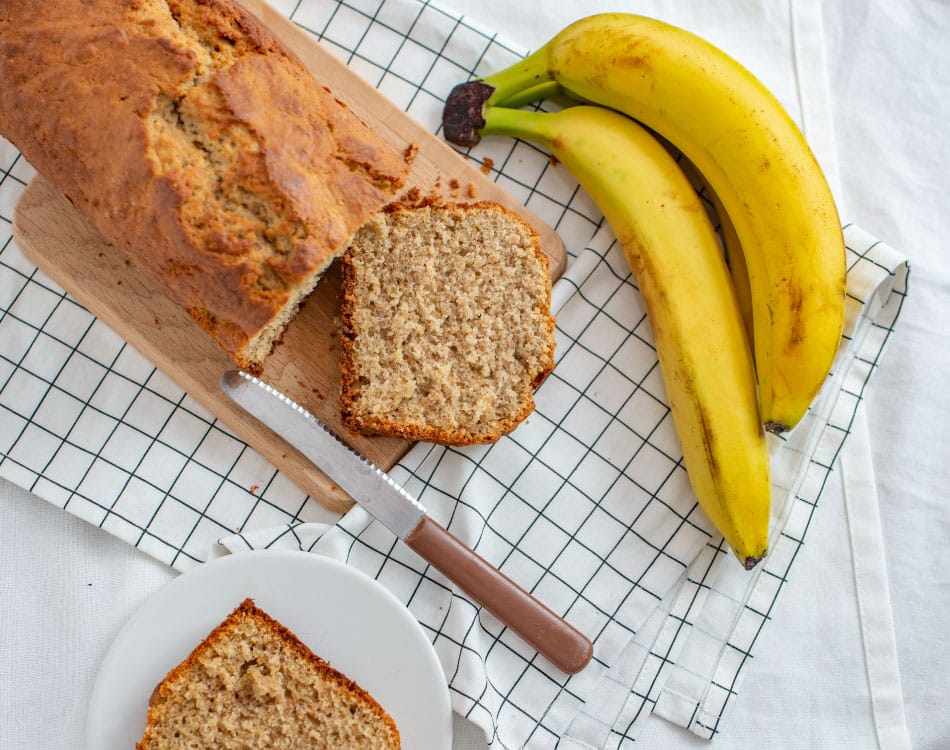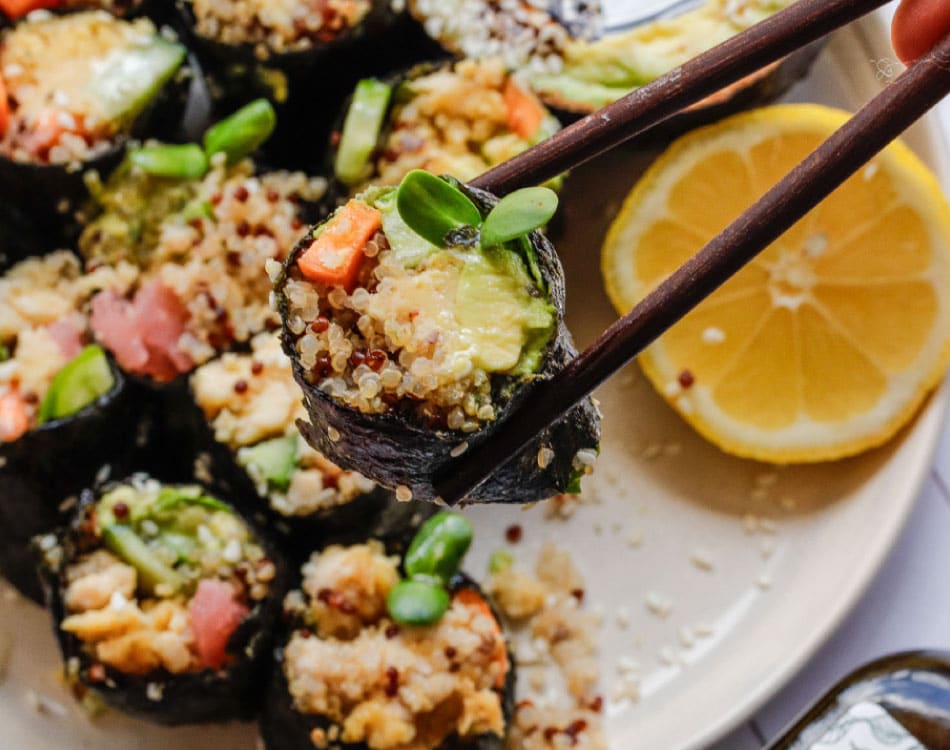Cold water therapy is a growing trend globally – Google Trends data showed that searches for the term ‘cold therapies’ increased 38% from 2021 to 2022.
This growing interest stems from ongoing research that links cold exposure through cold water immersions or cryotherapy to improvements in our immune response and overall health, and cold exposure may even help us lose weight.
READ MORE | 5 Steps To Fortify Your Immune Defences
Cool as ice
Cold water therapy requires immersing your body in water that is 15°C or colder. This can include ice baths, cold showers or outdoor swimming in cold or icy climates.
Prepare an ice bath at home:
- Add cold water to a bath tub or a large plastic drum, leaving room for ice.
- Slowly add ice to the water while stirring to distribute the cold evenly.
- Use a thermometer to ensure the water reaches your target temperature (7-10°C). This can take around 10-20 minutes.
- Set a timer: Limit your time in the ice bath to 10-15 minutes for safety. Use a timer to keep track.
- Enter slowly: Step into the ice bath gradually, allowing your body to adjust to the cold. Avoid sudden plunges.
If the process of preparing regular ice baths seems like a hassle, but you still want to benefit from cold therapy, then consider whole body cryotherapy (WBC). This intensive cold treatment, originally designed to treat circulatory diseases, has been adapted for use in post-exercise recovery.
The technology used in convenient purpose-built chambers, which include mobile trailer-mounted facilities, creates extreme cold conditions that are far below what you can achieve using ice baths. By using liquid nitrogen gas (vapour), cryotherapy chambers can rapidly reach temperatures as low as -110 ˚C and -160°C.
Most WBC systems also include an antechamber, cooled to around -70°c, to help users adjust to the cold conditions, before entering the main chamber, which can often accommodate multiple users at a time.
Treatments usually last for four to five minutes, with one to two minutes spent ‘acclimating’ in the antechamber, with up to three minutes spent in the extreme cold in the main chamber. Users wear gloves, beanies or ear warmers, face masks, and special socks or shoes, and costumes during the treatment as the idea is to expose as much of the skin to the cold as possible.
Ice baths vs cryotherapy
- Ice baths: Time required in ice bath: 15 – 30 minutes at 7-15°C
- Time required in cryotherapy antechamber: 1-2 minutes at -70°C
- Time required in cryotherapy main chamber: 30 seconds – 3 minutes at -100 to -160°C
Cold mechanism
Whatever cold therapy you choose, the underlying process acts directly on muscles, particularly those in arms and legs, and on the nervous and endocrine (hormonal) systems to more rapidly restore homeostasis and improve function.
The cold creates powerful physiological responses that promote rapid recovery, and may also aid in injury rehabilitation and recovery.
The main effects are linked to the action of vasoconstriction, particularly in the limbs, as the body reacts to the cold by diverting peripheral blood flow to internal organs. This promotes the removal of exercise metabolites and other by-products from muscle tissue, which travel in the bloodstream and are expelled through the kidneys and liver.
As a person returns to a warm environment, blood rushes back to the extremities, bringing with it oxygen and nutrients, which has a restorative function and helps to reduce inflammation.
This process can help increase the recovery rate, allowing athletes to train again at higher intensities sooner. This rapid constriction followed by vasodilation may also improve cardiovascular system function and efficiency, which has potential recovery and performance benefits.
From a hormonal perspective, extreme cold stimulates the release of powerful hormones that aid the recovery and rebuilding processes, such as noradrenaline (which helps reduce inflammation) and testosterone (which boosts strength and muscle growth). This release of noradrenaline is also the reason why the cold water therapy is said to improve general well-being and mood.
READ MORE | 5 Tips To Help You Prevent Training Injuries
Health benefits
The main health benefits relate to the positive impact that cold therapy has on your immune system. Results from a study1 published in the Journal of Applied Physiology indicated “that acute cold exposure has immunostimulating effects” that increases the production of immune cells known as natural killer cells, while a team of researchers from the University of Portsmouth found that taking daily cold showers increased numbers of disease-fighting white blood cells2.
Other studies3 have revealed that acute cold exposure stimulates the production of immune cells, such as natural killer cells.
For instance, research published in the European Journal of Applied Physiology and Occupational Physiology proved that six weeks of six-minute cold water immersions at 14°C, repeated three times a week, improved the immune system.
Researchers determined that the cold initiated a “fight or flight” response, which triggered an immune response – a “small, but significant, increase in the proportions of lymphocytes”, which are infection-fighting cells.
And cold water immersion may also help those looking to lose weight. A study4 published in the International Journal of Circumpolar Health found that cold water exposure can stimulate fat loss by increasing adiponectin production, a hormone made by adipose (fat) tissue that plays an important role in preventing insulin resistance.
References
- Immune changes in humans during cold exposure: effects of prior heating and exercise. J App Physiol. 1 August 1999. https://doi.org/10.1152/jappl.1999.87.2.699.
- Habituation of the initial responses to cold water immersion in humans: a central or peripheral mechanism? Journal of Physiology (1998), 512.2, pp. 621628 621
- Activation of NK Cells in Subjects Exposed to Mild Hyper- or Hypothermic Load. Journal of Interferon Research. Published Online: 4 May 2009. https://doi.org/10.1089/jir.1988.8.393
- Esperland D, de Weerd L, Mercer JB. Health effects of voluntary exposure to cold water – a continuing subject of debate. Int J Circumpolar Health. 2022 Dec;81(1):2111789. doi: 10.1080/22423982.2022.2111789. PMID: 36137565; PMCID: PMC9518606.

